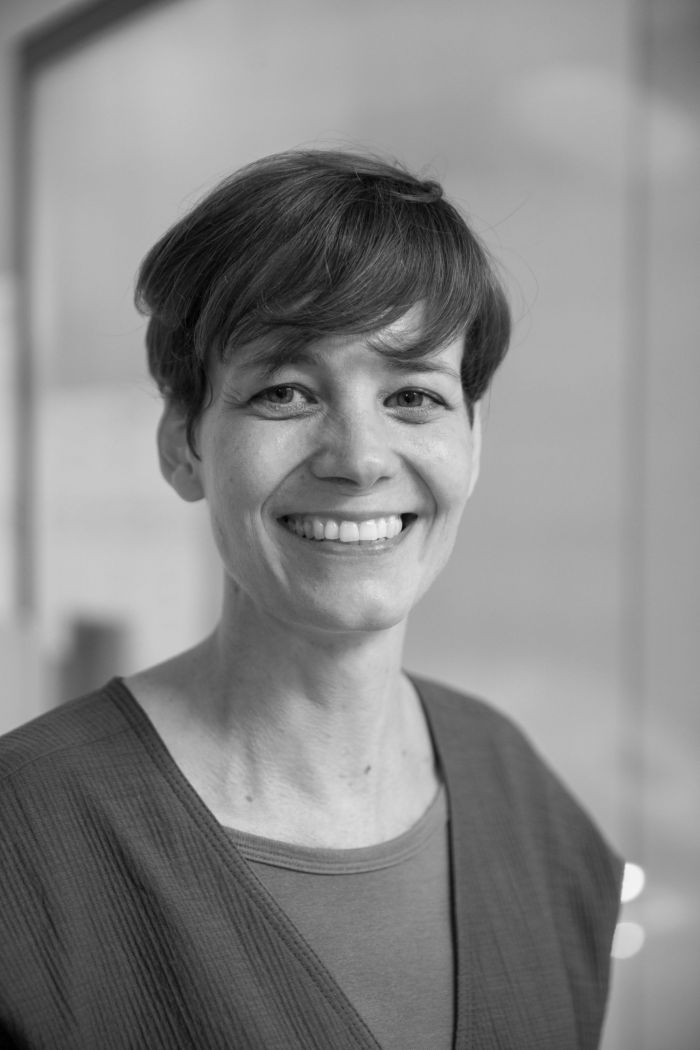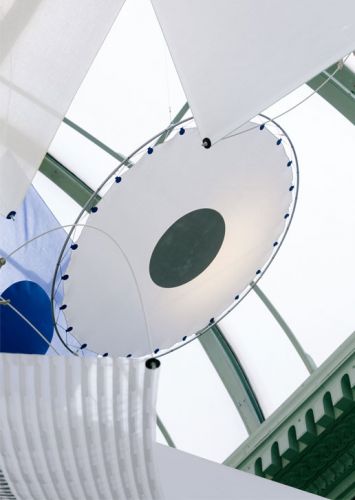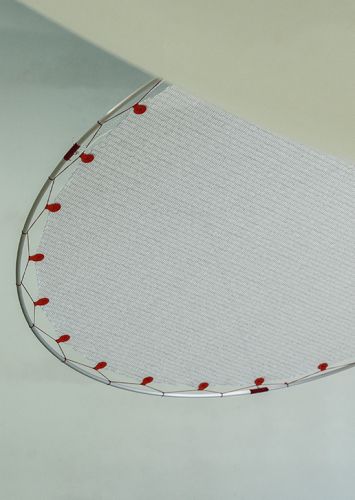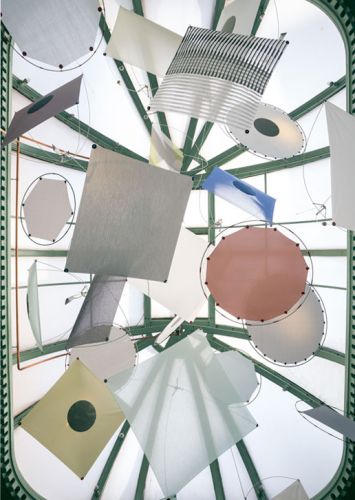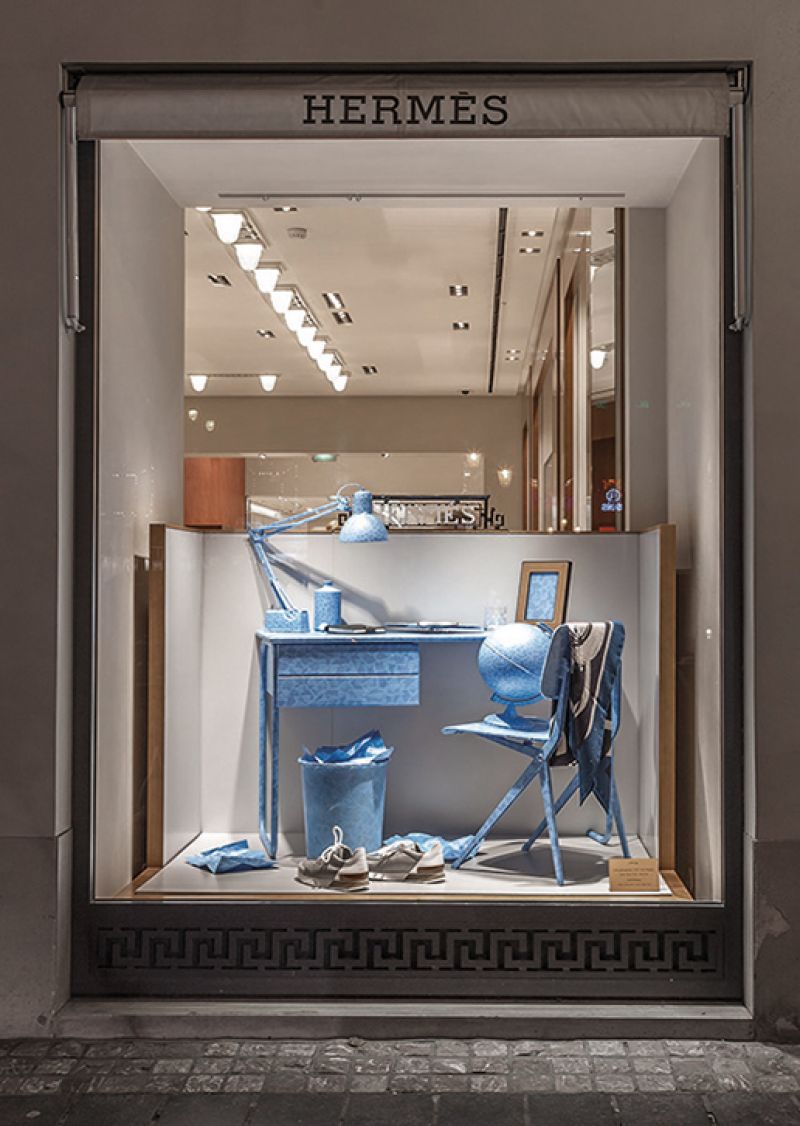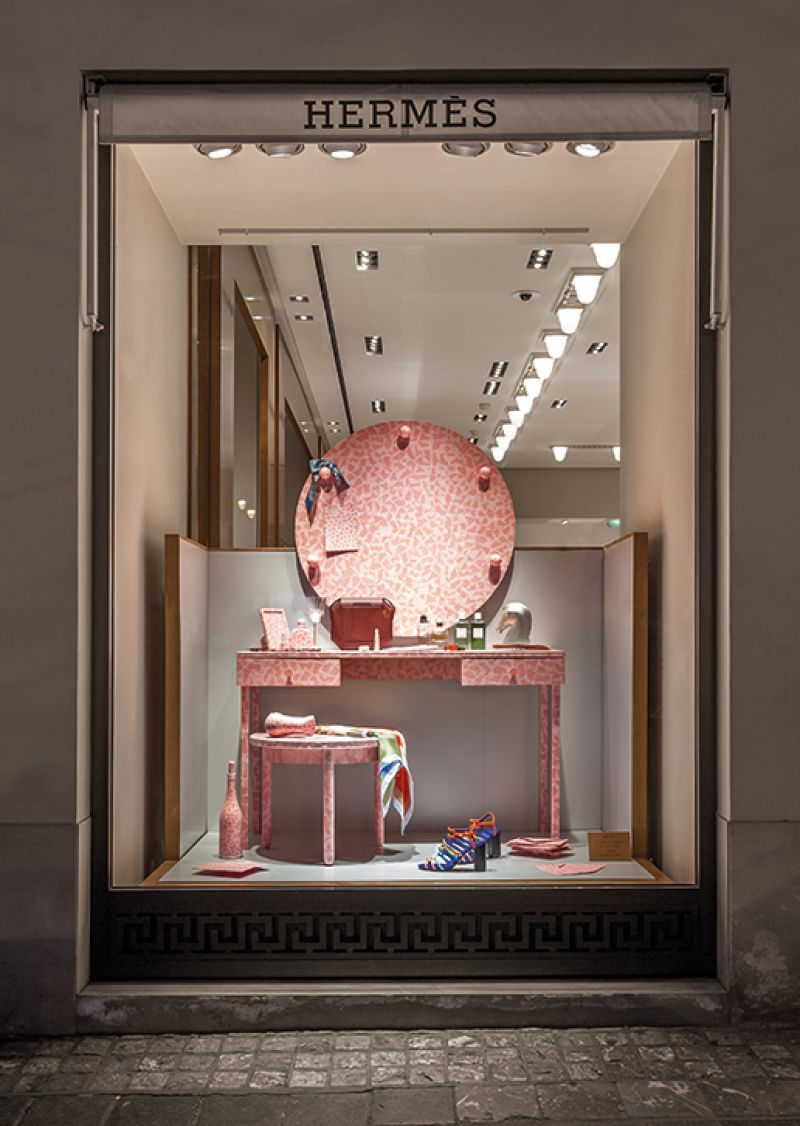senses
The Studio puts a lot of time into material research. ‘An idea alone isn’t interesting,’ says Wieki, ‘it’s the physical material that determines whether something is a good product. The qualities of a material, like appearance, tactility and sensuality, are very important to the meanings we want to convey. And textile, especially, can stimulate the senses and enhance the experience of a space.’ ‘We always work through that same fascination,’ she says. ‘We often get our inspirations from daily life. We observe normal situations and customs, we watch how people interact with things and what associations they have with them, and then we unleash our fantasy. We make the usual unusual in a subtle way. In this way we bring hidden qualities in everyday objects back to life and invite people to look at their daily reality in a different way.’ The research prior to a design is more important than a recognizable form language or style. ‘Our work comes from an open and free investigative approach, more so than from standard design principles. Returning subjects for us are: magical reality, weird combinations, creatable nature and daily rituals.’ Working on behalf of museums and galleries, like Kreo, which also shows the work of Hella Jongerius, the Ronan brothers and Erwan Bououllec, gives them space and time to do research. Those ‘pre-studies’ often lead to other productions. For instance, they were able to use a curtain that drops ‘blossoms’ in the form of punched leaves, originally made for Museum Boijmans Van Beuningen, in a collaboration with Alexander McQueen in his showrooms in Miami and Milan. ‘We hope to make products that make one wonder, pause and that sometimes irritate,’ says Somers. ‘If you look longer you’ll discover multiple layers, and it’s exactly that layered effect that strengthens the bond between human and design.’
This interview was published in WOTH issue No6 still available in our shop.
